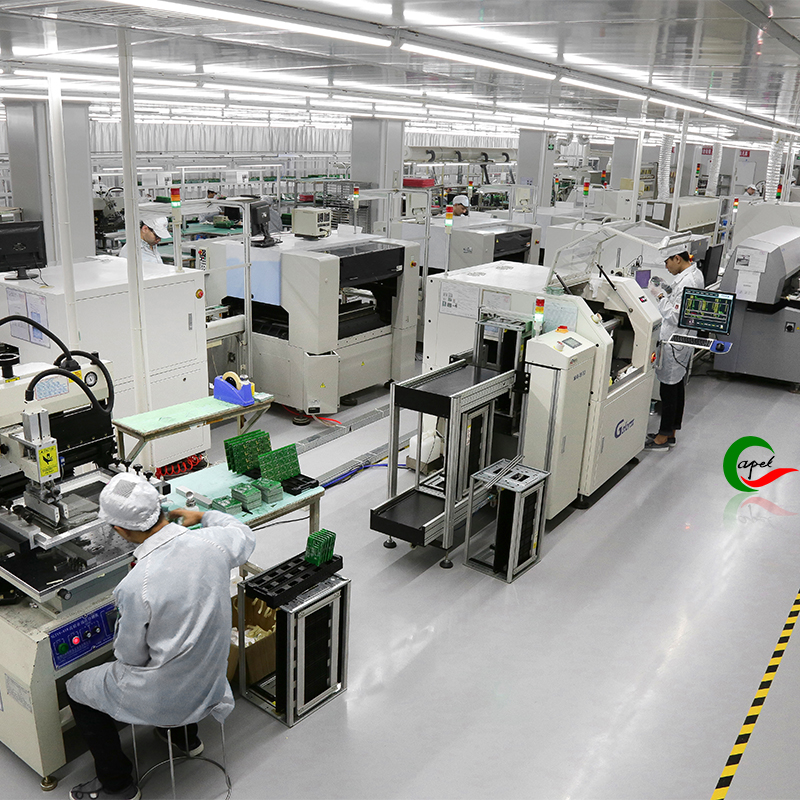Introduce:
In the field of electronics, technological advancements continue to revolutionize the way devices are designed and manufactured. One of the game-changing innovations is the use of flexible printed circuit boards (PCBs). Flexible PCBs are a flexible alternative to traditional rigid circuit boards and offer many advantages and disadvantages. In this blog, we’ll delve into the world of flexible PCBs, examine their pros and cons, and understand their impact on various industries.
Advantages of flexible PCB:
1. Enhance flexibility and durability:
As the name suggests, the main advantage of flexible PCBs is their ability to bend and twist, allowing them to fit into unconventional shapes and spaces. This flexibility gives designers and manufacturers more freedom in product development, allowing them to create smaller, more compact devices. In addition, the durability of flexible printed circuit boards allows them to withstand vibration, shock, and even extreme weather conditions, ensuring that the final product has a longer lifespan.
2. Improve reliability:
Flexible printed circuit boards offer excellent wear and tear resistance, reducing the chance of connection failure due to continued movement or stress. Since there are no solder joints common in rigid PCBs, the risk of interconnect problems caused by thermal expansion and contraction is eliminated. These factors combine to make flexible PCBs significantly more reliable, reducing maintenance and replacement costs for the end user.
3. Weight and space reduction:
Flexible PCBs are extremely lightweight, making them ideal for portable devices. Their low-profile construction significantly reduces space, allowing designers to maximize the usable area within their products. As a result, manufacturers can produce smaller, more aesthetically pleasing gadgets without compromising functionality.
4. Improve signal transmission:
Flexible PCBs maintain even electrical signal flow throughout the circuit, minimizing signal loss and interference. Due to their compact design, these boards also exhibit lower resistance and capacitance, improving signal integrity. This advantage is particularly important in applications where high-frequency signals or precise signal synchronization play a vital role, such as aerospace, telecommunications and medical equipment.
5. Cost-effectiveness:
Although flexible PCBs have many advantages, they may be cheaper in some cases. The rapid development of manufacturing technologies such as roll-to-roll processing and 3D printing has made the mass production of flexible PCBs faster and more cost-effective. In addition, their lightweight nature can further enhance their market competitiveness by minimizing transportation expenses and allowing the use of cheaper components to reduce overall costs.
Disadvantages of flexible PCB:
1. Design and manufacturing complexity:
Designing flexible PCBs requires specialized skills and sophisticated knowledge of flexible materials, bend radii and assembly techniques. The complexity of the design process creates challenges for engineers accustomed to rigid circuit board designs. Likewise, manufacturing flexible printed circuit boards involves specific equipment and processes, resulting in increased production costs, especially for small projects.
2. Limited heat dissipation:
Unlike rigid PCBs, flexible PCBs have limited heat dissipation capabilities. Their thin and compact designs don’t dissipate heat effectively, leading to potential overheating issues. This disadvantage requires careful consideration of thermal management during the design phase, including the inclusion of additional cooling elements or the strategic placement of heat-generating components.
3. Sensitivity to environmental conditions:
Although flexible PCBs are very durable, they can be susceptible to moisture, humidity, and chemicals. Extreme environmental conditions can affect the performance and reliability of flexible PCBs, making protective coatings or encapsulation materials necessary. These additional measures increase the overall cost and complexity of the manufacturing process.
In conclusion:
Flexible PCBs have become a game-changer in the electronics world, offering a range of advantages that far outweigh their disadvantages. Their enhanced flexibility, durability and reliability have revolutionized product design and enabled the development of innovative devices. Its lightweight properties and improved signal transmission further expand its applications in multiple industries. However, it is important to recognize the challenges associated with design complexity, limited thermal dissipation, and environmental sensitivity. By understanding these advantages and disadvantages, manufacturers and designers can harness the full potential of flexible PCBs and propel the electronics industry into a dynamic future.
Post time: Oct-12-2023
Back







